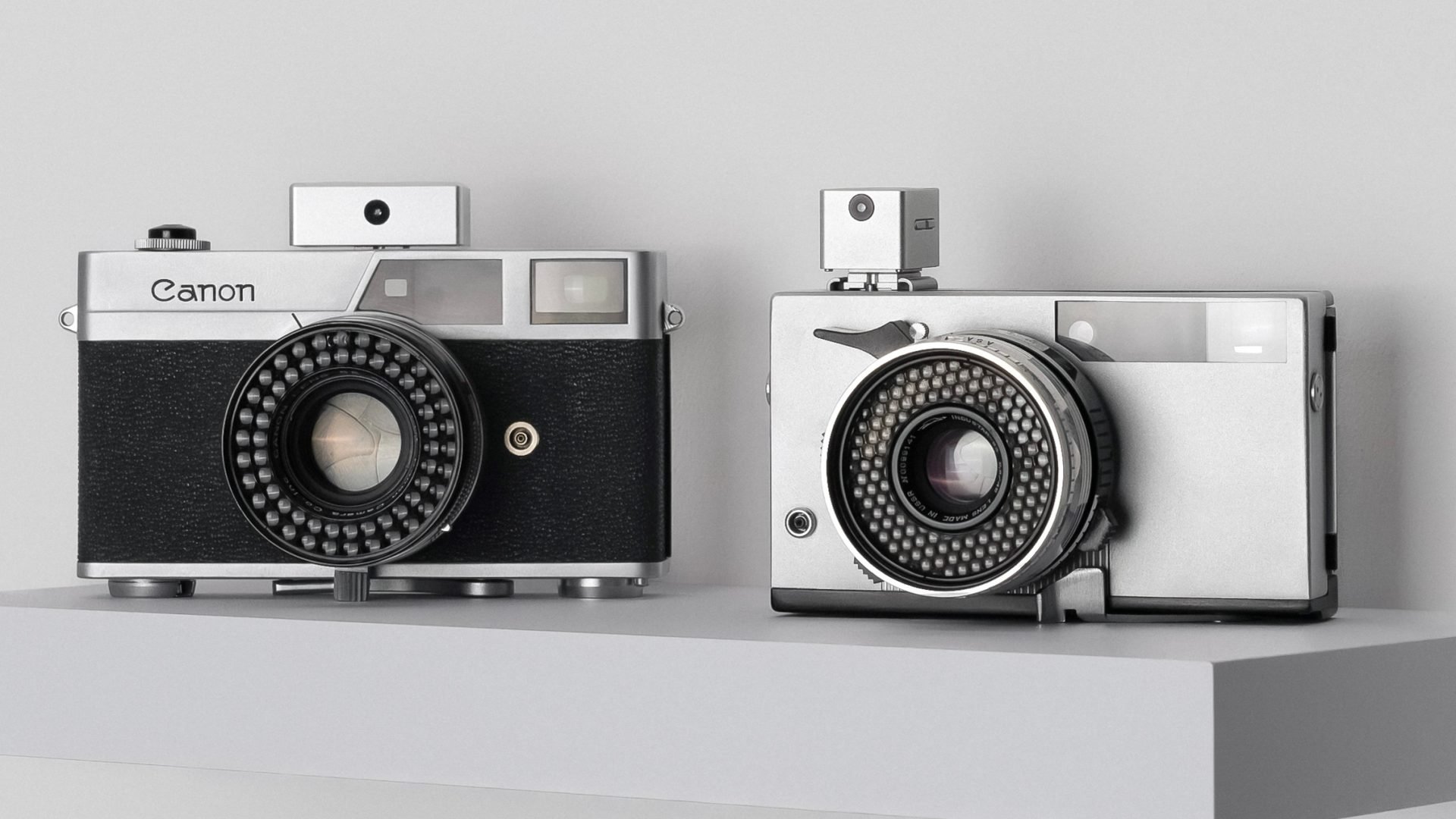

In the past, I have always been lazy when packing my photography bag. If I were to pack a bag for a trip with my old rangefinder film cameras, I would often skip over bringing my traditional light meter. I would instead eyeball the exposure settings using various questionable methods, which sort of worked. Still, I would often regret not bringing an actual light meter… only to not bring it again next time. I was just obsessed with bringing the least equipment possible, so bringing another cumbersome device for a casual shooting seemed kind of wrong to me. But what if the light meter was the size of a dice? That’s why Keks made two incredibly tiny meters – the KM02 ($112) and KM-Q ($84.99).
The Keks KM02 and KM-Q tiny light meters




The Keks KM02 and KM-Q are incredibly small. The KM02, the larger of the two, is only 42.0×27.0×15.5mm (think about two small grapes). The KM-Q is smaller and more cube-like, measuring 21×25.5x22mm (not much bigger than a sugar cube). The two share most of their features, including an OLED display. The KM02 has a larger display and slightly higher specs. The KM-Q is available in both back and top display versions, while the KM02 only has a back display version.


Both models have internal, rechargeable batteries with a life span of about 20 hours. Both the KM02 and KM-Q come with three hot shoe mounts, each with a slightly different thickness. This allows them to fit onto virtually any camera. The two models also share the same sensor- the VEML7700 16-bit digital resolution sensor, which is an update to the sensors in previous Keks light meters.


To use the light meters, you have a button that cycles between a shutter and aperture priority modes. Choose which mode you need, and press the up or down buttons to adjust to your desired value. Press the up or down buttons to change the ISO while holding the mode button.
The Keks KM02 has a few extra control features. For example, you can set the KM02 for exposure compensation. There is an exposure compensation menu that ranges from -3EV to +3EV, and you can go through it in 1/3 stop increments. You can also register different lens and camera profiles (up to three each) so the light meter remembers that your lens or camera can’t go past a certain shutter speed or aperture. Lastly, you can switch the display mode between standard, detailed, and inverted.
Keks KM02 and KM-Q specs
| Model: | KM02 | KM-Q |
|---|---|---|
| Material: | Aluminium | Aluminium |
| Colours: | Black or Chrome | Black or Chrome |
| Shoe mounts: |
3x sizes shoe mount | 3x sizes shoe mount |
| Dimensions: | 42.0×27.0×15.5mm | 21×25.5x22mm |
| Weight: | 29g | 18.5g |
| Battery: | 220mAh (2.5h charging time) |
120mAh (30min charging time) |
| Battery life: | 21hrs (Always On Display) |
20hrs (Always On Display) |
| Charging Port: |
USB Type C | USB Type C |
| Monitor: | 0.91” OLED | 0.42” OLED |
| Metering: | 30° av. metering (approximately 50mm lens view) |
30° av. metering (approximately 50mm lens view) |
| Aperture value: |
F/1.0-F/128 | F/1.0-F/64 |
| Shutter speed: |
30s-1/8000 | 1/6400s to 30s |
| ISO value: | 6-102400 | 50-80000 |
| Metering mode: |
Single / Continuous | Single / Continuous |
| Exposure mode: |
Aperture / Shutter Priority |
Aperture / Shutter Priority |
Price and availability
Both the KM02 and KM-Q are quite affordable. They are cheaper than some other small light meters we saw in the past. The KM02 is available for $112, while the KM-Q is more affordable, at only $84.99.






